#guanabara bay
Text
"At nearly 150 acres, the Jardim Gramacho landfill in Rio de Janeiro was one of the largest and most infamous in all of Latin America. Now it’s a mangrove forest teeming with life.
Decommissioned 11 years ago, between 1970 and 2012 the dump, bordering Rio’s famous Guanabara Bay, received 80 million metric tonnes of trash from the area’s Gramacho neighborhood.
Now, a public-private partnership led by the Rio Municipal Cleaning Company has returned the area to nature, specifically mangroves, one of the most valuable of all ecosystems.
Planting 24 acres of mangroves at a time, today the forest stretches out more than 120 acres and is the largest mangrove area of the bay.
“Before, we polluted the bay and the rivers. Now, it’s the bay and the rivers that pollute us,” a lead official on the project told Africa News. “Today, the mangrove has completely recovered.”
Other organizations have taken action to restore mangroves along the bay as well. The non-profit Ocean Pact funded the Green Guanabara Bay Project which successfully restored 12.5 hectares or around 25 acres of mangroves.
According to some estimates, 1 acre of mangrove forests can store more carbon in roots and soil than 4 acres of even the most biodiverse rainforest, making them paramount to any world climate mitigation strategy.
Furthermore, their impressive lattice work of roots and insane durability means that storm surges impacting mangroves lose about 66% of their kinetic energy without even destroying the trees.
Lastly, coastal fishing communities, in [four] words, cannot exist without mangroves. They act as nurseries and perfect habitat for all kinds of fish and crustaceans that small-scale fishermen rely on for their daily bread."
-via Good News Network, 7/31/23
youtube
-video via Africanews, July 26, 2023
#brazil#mangrove#mangrove forest#fishing#tropical storms#hurricanes#storm surge#pollution#landfill#garbage#rio de janeiro#guanabara bay#Youtube
2K notes
·
View notes
Text

Rio de Janeiro - Baía de Guanabara
#Baía de Guanabara#guanabara#guanabara bay#rio#rio de janeiro#rj#021#Brasil#Brazil#BR#brasileiro#brazilian#terra brasilis
24 notes
·
View notes
Text




Prainha, Rio de Janeiro.
Made with ❤️ & Photoshop
2 notes
·
View notes
Text

Sugarloaf Mountain, Rio de Janeiro, Brazil: Sugarloaf Mountain is a peak situated in Rio de Janeiro, Brazil, at the mouth of Guanabara Bay on a peninsula that juts out into the Atlantic Ocean. Rising 396 m above the harbor, the peak is named for its resemblance to the traditional shape of concentrated refined loaf sugar. Wikipedia
68 notes
·
View notes
Text
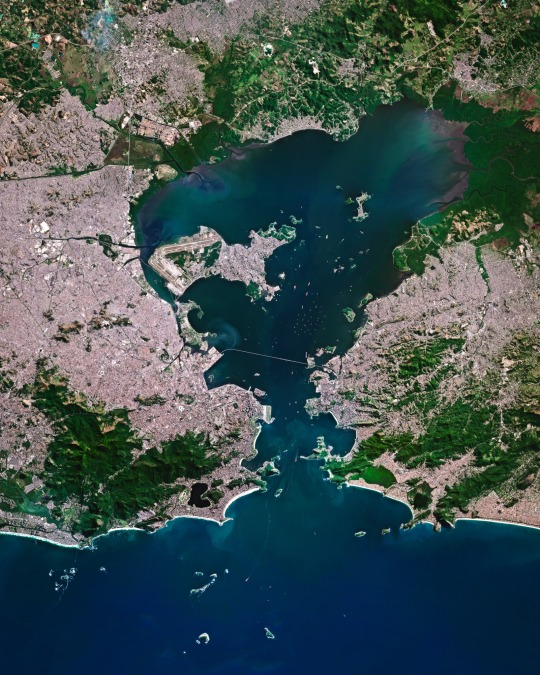
Stretching along the southeastern coast of Brazil, Greater Rio de Janeiro is one of the most populous regions in the country, with a population of over 12 million people. The city of Rio de Janeiro itself is the second-largest in Brazil, and is famous for its beaches, samba music, and Carnival celebrations. From this perspective, we see Guanabara Bay, a natural harbor that serves as a vital transportation hub and a popular spot for water sports.
-22.911111°, -43.205556°
Source imagery: Planet
86 notes
·
View notes
Text
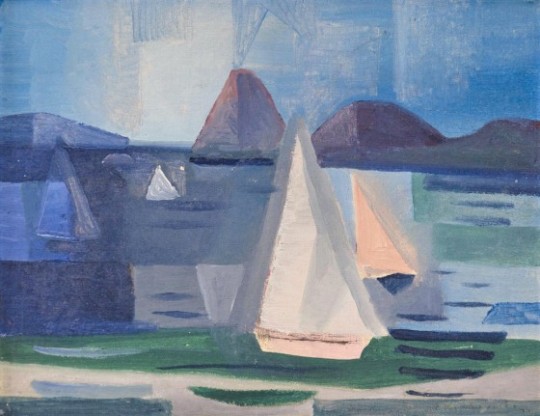
Emiliano Di Cavalcanti. Marinha, vista da baía de Guanabara, RJ. Seaside, view of Guanabara Bay, RJ, 1944.
Эмилиану Ди Кавальканти. Морское побережье, вид на залив Гуанабара, Рио-де-Жанейро, 1944.
#brasil#brazil#бразилия#art#искусство#arte#riodejaneiro#rio de janeiro#рио#rio#рио де жанейро#emiliano di cavalcanti
10 notes
·
View notes
Text
History
New Year's Day - The most celebrated holiday around the world.
January 1, 1502 - Portuguese explorers landed at Guanabara Bay on the coast of South America and named it Rio de Janeiro (River of January). Rio de Janeiro is currently Brazil's second largest city.
January 1, 1660 - Samuel Pepys began his famous diary in which he chronicled life in London including the Great Plague of 1664-65 and the Great Fire of 1666.
January 1, 1776 - During the American Revolution, George Washington unveiled the Grand Union Flag, the first national flag in America.
January 1, 1801 - Ireland was added to Great Britain by an Act of Union thus creating the United Kingdom of Great Britain and Ireland.
January 1, 1863 - The Emancipation Proclamation by President Abraham Lincoln freed the slaves in the states rebelling against the Union.
January 1, 1877 - Queen Victoria was proclaimed Empress of India.
January 1, 1892 - Ellis Island in New York Harbor opened. Over 20 million new arrivals to America were processed until its closing in 1954.
January 1, 1901 - The Commonwealth of Australia was founded as six former British colonies became six states with Edmund Barton as the first prime minister.
January 1, 1915 - During World War I, the British Battleship Formidable was hit by a torpedo in the English Channel, killing 547 crewmen.
January 1, 1942 - Twenty six countries signed the Declaration of the United Nations, in Washington, D.C., reaffirming their opposition to the Axis powers and confirming that no single nation would make a separate peace.
January 1, 1958 - The EEC (European Economic Community) known as the Common Market was formed by Belgium, France, West Germany, Italy, Luxembourg and The Netherlands in order to remove trade barriers and coordinate trade policies.
January 1, 1959 - Fidel Castro seized power in Cuba after leading a revolution that drove out Dictator Fulgencio Batista. Castro then established a Communist dictatorship.
January 1, 1973 - Britain, Ireland and Denmark became members of the Common Market (EEC).
January 1, 1975 - During the Watergate scandal, former top aides to President Nixon including former Attorney General John Mitchell, Domestic Affairs Advisor John Ehrlichman and Chief of Staff H.R. Haldeman, were found guilty of obstruction of justice.
January 1, 1979 - China and the U.S. established diplomatic relations, 30 years after the foundation of the People's Republic.
January 1, 1993 - Czechoslovakia broke into separate Czech and Slovak republics.
January 1, 1999 - Eleven European nations began using a new single European currency, the Euro, for electronic financial and business transactions. Participating countries included; Austria, Belgium, Finland, France, Germany, Ireland, Italy, Luxembourg, Netherlands, Portugal and Spain.
Birthday - American Patriot Paul Revere (1735-1818) was born in Boston, Massachusetts. Best known for his ride on the night of April 18, 1775, warning Americans of British plans to raid Lexington and Concord.
Birthday - Betsy Ross (1752-1836) was born in Philadelphia, Pennsylvania. She was a seamstress credited with helping to originate and sew the Stars and Stripes flag of America in 1776.
8 notes
·
View notes
Text
Ship used in 1st Brazilian trip to Antarctica sits abandoned in the port of Santos
Used by USP for 40 years, the equipment was destroyed by a fire in 2008 and has been waiting for a resolution ever since
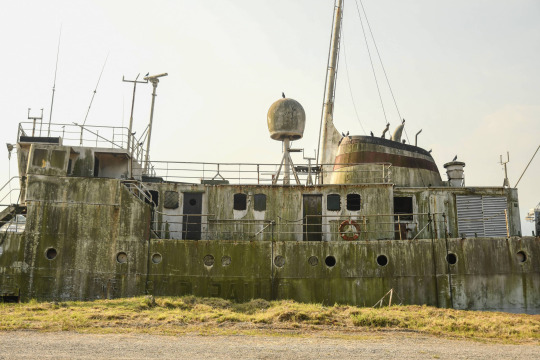
A pioneer in Brazilian oceanographic research, the ship named Professor W. Besnard has been docked in the port of Santos for 15 years, with its hull corroded by rust and other wear and tear caused by lack of maintenance.
The 49.3-meter vehicle manufactured in Norway and delivered in 1967 was used for four decades by students and professors at USP's Oceanographic Institute in their studies.
Named after the Russian-French scientist Wladimir Besnard, one of the creators of the then Instituto Paulista de Oceanografia ( São Paulo's Institute of Oceanography _ incorporated into USP in 1951), the ship collected 50,000 samples of marine organisms on its more than 150 voyages, including the first Brazilian expedition to Antarctica in the 1980s.
In 2008, however, the equipment caught fire when it was anchored in Guanabara Bay, in Rio de Janeiro. With that, it was transferred to Santos, where it remains awaiting a destination.
Continue reading.
#brazil#politics#brazilian politics#science#oceanography#mod nise da silveira#image description in alt
9 notes
·
View notes
Text
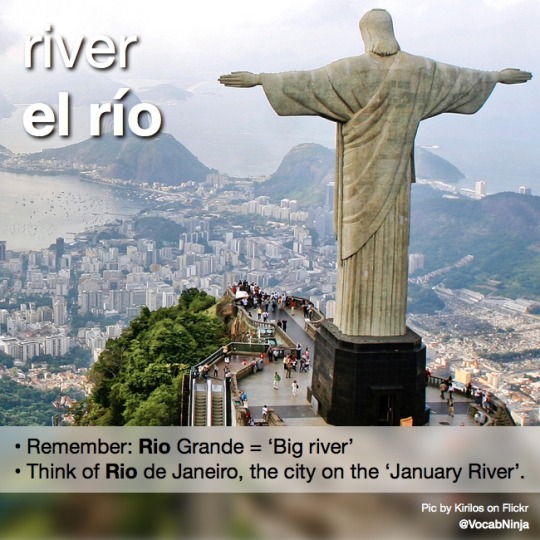
river
el río
Remember: Rio Grande = ‘Big river’
Think of Rio de Janeiro, the city on the ‘January River’ (in Portuguese).
Rio de Janeiro is not really on a river: it’s a bay (Guanabara Bay), the Portuguese who named the ‘river‘ at the time just didn’t realize it.
The river flows slowly to the sea.
El río fluye lentamente hacia el mar.
Picture by Kirilos on Flickr
#river#rio#río#rio grande#rio de janeiro#spanish#vocabulary#vocab#español#hint#mem#mnemonic#wotd#word of the day
2 notes
·
View notes
Text
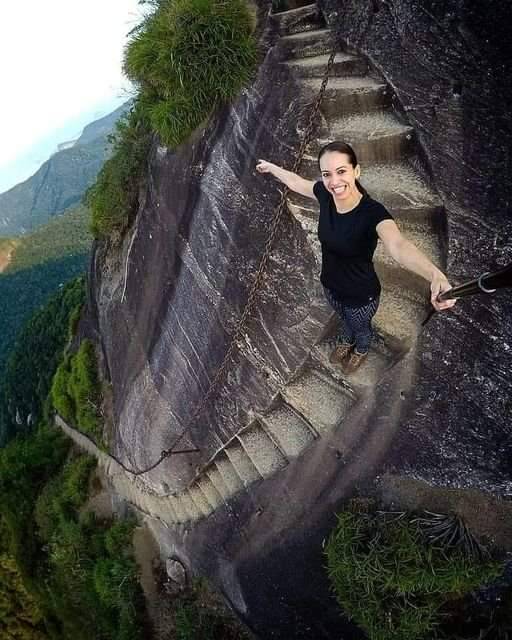
Escaliers du Pic de Tijuca au Brésil pour y accéder il faut compter 3h de marche et vous arrivez sur le toit de Rio. Il s'agit du point culminant de la ville, qui atteint 1022 mètres. La dernière partie est constituée d'un escalier taillé dans la roche même du Pico da Tijuca. La vue sur la Baie de Guanabara est époustouflante, on l'a domine dans son ensemble, avec au fond les montagnes de la Sierra dos Orgoes (Petropolis/Teresopolis). On voit très bien aussi la zone nord de Rio, qui s'étend à perte de vue. Autour c'est un tapis vert qui nous invite à la tranquillité et à la communion avec la nature. Lieu de rdv : sortie du métro Uruguai, croisement des rues Dona Delfina et Conde de Bomfim, au snack Big Nectar. Stairs of the Peak of Tijuca in Brazil to reach it it takes 3 hours of walking and you arrive on the roof of Rio. This is the highest point in the city, which reaches 1022 meters. The last part consists of a staircase carved into the very rock of Pico da Tijuca. The view of Guanabara Bay is breathtaking, we overlooked it as a whole, with the mountains of the Sierra dos Orgoes (Petropolis/Teresopolis) in the background. You can also see the northern area of Rio very well, which stretches as far as the eye can see. Around it is a green carpet that invites us to tranquility and communion with nature. Meeting place: Uruguai metro exit, crossing of Dona Delfina and Conde de Bomfim streets, at the Big Nectar snack bar
42 notes
·
View notes
Text

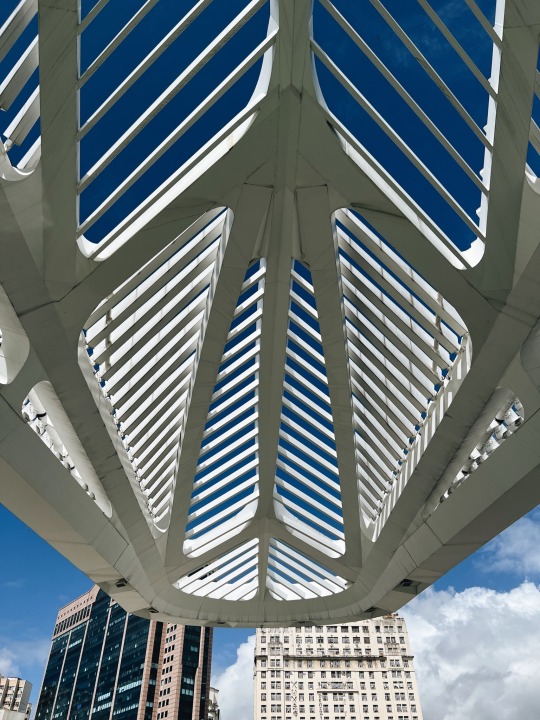
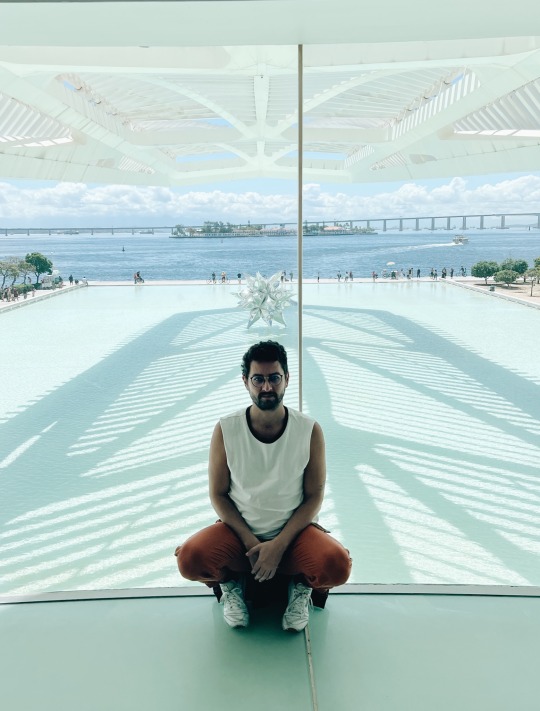

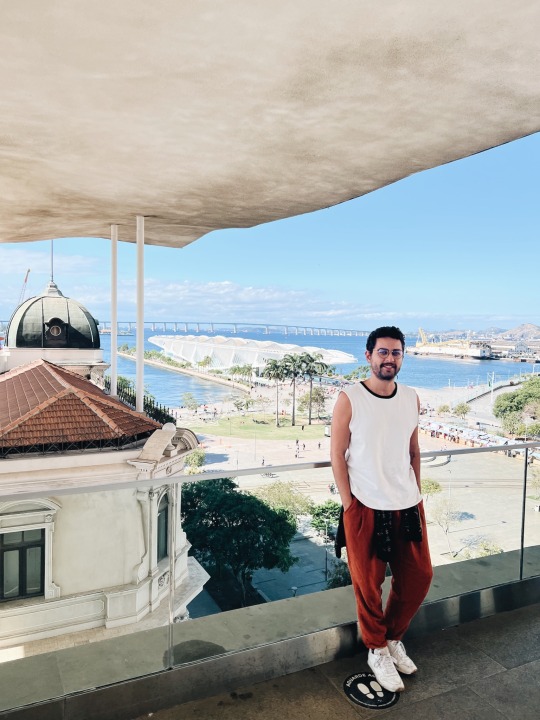
Praça Mauá com seus museus: o Museu do Amanhã e o Museu da Arte do Rio.
O Museu do Amanhã, além de lindo, é imprescindível. O prédio do famoso arquiteto Santiago Calatrava combina perfeitamente com a zona portuária em que está construído, e acomoda exposições de arte, científicas e tecnológicas, permaneces e temporárias, que versam a respeito das mudanças climáticas, degradação ambiental e colapso social da nossa sociedade.
O Museu de Arte do Rio, também conhecido por MAR, compreende dois prédios, conectados. Um antigo (Palacete Dom João VI), que abriga as salas de exposição, e o outro moderno (antigo terminal rodoviário Mariano Procópio), sede da Escola do Olhar (para desenvolvimento de arte e cultura), além de salas administrativas e outros departamentos.
A praça é linda! Com vista para a Baía de Guanabara, o espaço conta com jardins, espelhos d’água, ciclovias, restaurantes próximos e acesso fácil. Rende fotos bonitas e uma caminhada agradável num dia de sol.
Fotos:
1. Praça Mauá com o prédio do Museu do Amanhã ao fundo.
2. Detalhes da estrutura do prédio do Museu do Amanhã.
3. Espelho d’água ao fundo do Museu do Amanhã com a obra Puffed Star II, do artista Frank Stella.
4. Entrada da exposição temporária Amazônia, do fotógrafo Sebastião Salgado.
5. Terraço do MAR, com vista para a praça Mauá e Baía de Guanabara.
Vídeo:
1. Instalação Fluxos, do artista Daniel Wurtzel.
———————
The Mauá square and its two museums: the Museum of Tomorrow and the Art Museum of Rio.
The Museum of Tomorrow is beyond not beautiful but a essencial subject. The building designed by famous architect Santiago Calatrava blends perfectly with its surroundings. It hosts permanent exhibitions on environmental and social issues, as well as, temporary art, scientific and technological exhibitions.
The Art Museum of Rio consists of two buildings recently connected: John VI of Portugal’s old palace, which hosts art exhibitions, and a more modern one hosting the Escola do Olhar, an art school, as well as, administrative offices.
The square is beautiful! Facing the Guanabara bay it features beautiful gardens, water mirrors, bike lines and good restaurants on its surroundings. Perfect for a good walk on a sunny day and amazing pictures.
Pictures:
1. Mauá square and the Museum of Tomorrow in the back.
2. Details of the Museum of Tomorrow structure.
3. Water mirror at the back of the Museum of Tomorrow, featuring Puffed Star II in the center, a piece by Frank Stella.
4. Amazon, temporary exhibition by photographer Sebastião Salgado. Museum of Tomorrow.
5. Rooftop at the Art Museum of Rio and its view to the Mauá square and the Guanabara bay.
Video:
1. Fluxos, installation by Daniel Wurtzel.
http://museudeartedorio.org.br
12 notes
·
View notes
Note
i literally cannot deal with the daddy/mommy kink. some others make me cringe too :(
(ex: babygirl, princess) i can’t😿😿
yknow, princess works for me ! i like it, buuuut when we're talking about babygirl? PLS ☠☠ i HATE it and I don't even have a good reason behind my dislike for it, it just... doesn't work for me? i'd rather swallow the water of Rio de Janeiro's Guanabara Bay than have to put a "babygirl" on something I write or have to listen/read this pls
btw, I'm still standing on the opinion of: hate daddy kink, but like mommy kink
24 notes
·
View notes
Text
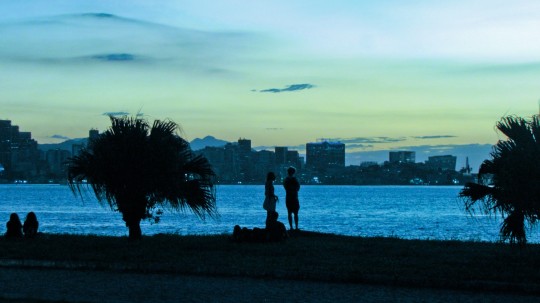
Photo by © fkberly. Open view of Guanabara Bay from Gragoatá campus, Fluminense Federal University. Taken in Niterói, Rio de Janeiro, Brasil.
#uff#gragoatá#niteroi#rio de janeiro#brazil#i took the pic a few days ago#hoping to improve eventualmente#landscape view of rio#april#my sister said they were fighting judging by a video i recorded but i think they were just taking about a issue they cared about
3 notes
·
View notes
Text

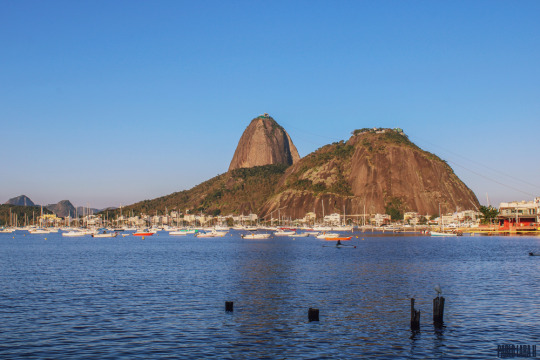


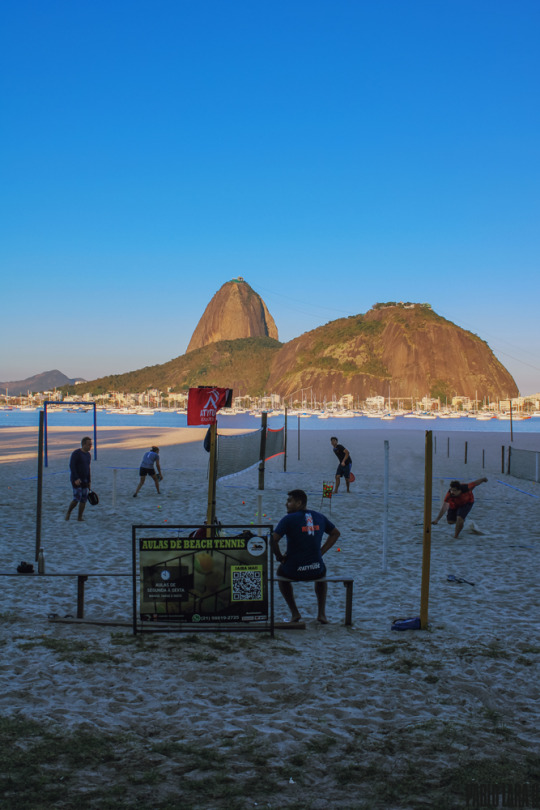
Pão de Açucar views from Botafogo beach.
Sugarloaf Mountain is a peak situated in Rio de Janeiro, Brazil, at the mouth of Guanabara Bay on a peninsula that juts out into the Atlantic Ocean. Rising 396 m (1,299 ft) above the harbor, the peak is named for its resemblance to the traditional shape of concentrated refined loaf sugar. It is known worldwide for its cableway and panoramic views of the city and beyond.
Made with ❤️ & Photoshop
2 notes
·
View notes
Text

Heliconia bihai, Fleurs Paqueta, Rio, Brazil: Heliconia bihai of the family Heliconiaceae is an erect herb typically growing taller than 1.5 m. It is native to northern South America and the West Indies. . It is especially common in northern Brazil. Paquetá Island is an island in Guanabara Bay, Rio de Janeiro. The name of the island is a Tupi word meaning "many pacas". Wikipedia
45 notes
·
View notes
Text
The population of Rio de Janeiro, Brazil has grown 50% in 40 years, from 9.1 million in 1984 to more than 13.7 million today. Located on the Atlantic Coast beside Guanabara Bay, the metropolis is the second-most populous city in Brazil and sixth-most populous in the Americas. Rio de Janeiro is home to the largest Portuguese population outside of Lisbon, Portugal.
-22.911111°, -43.205556°
Source imagery: Google Timelapse
76 notes
·
View notes